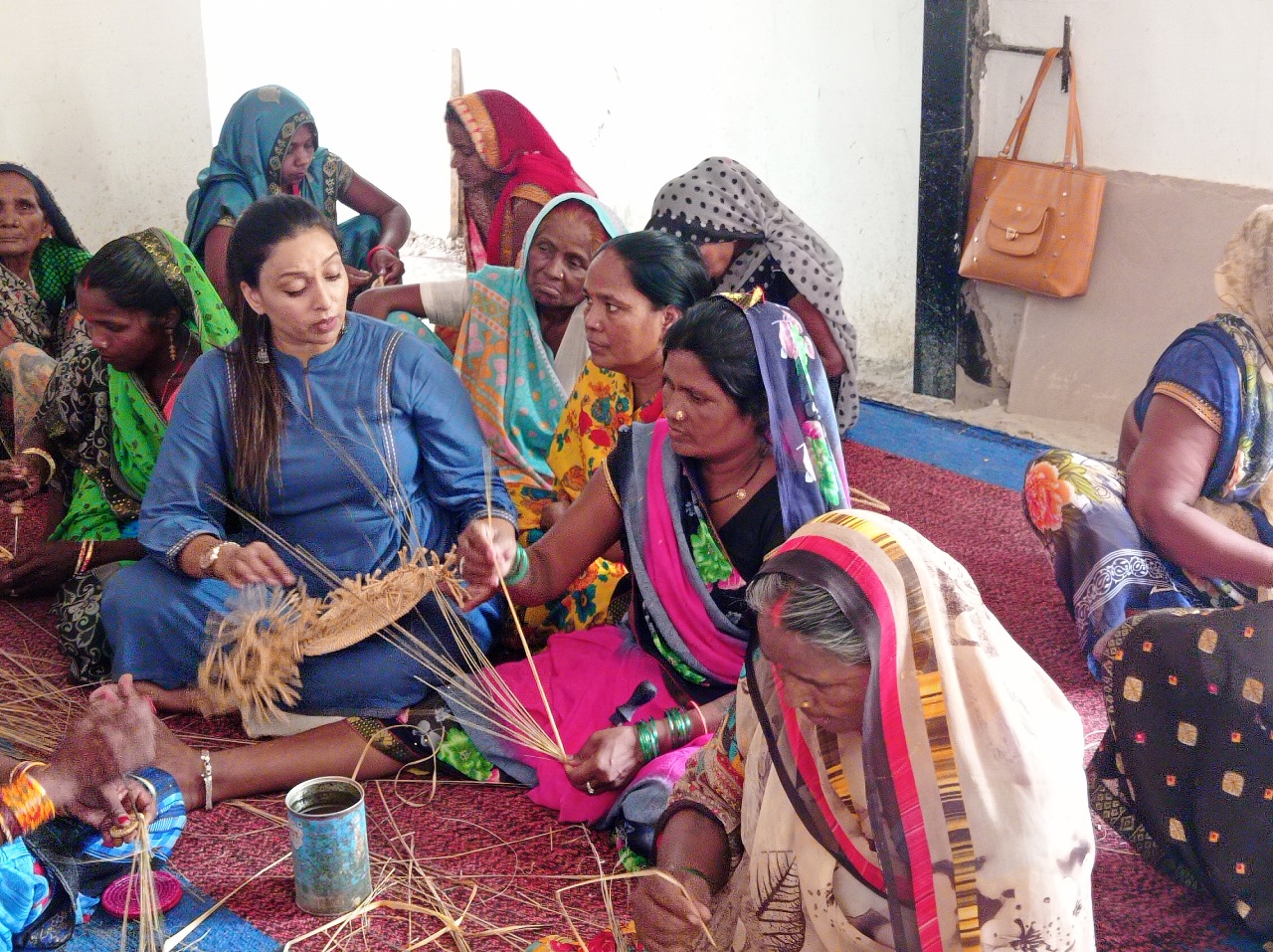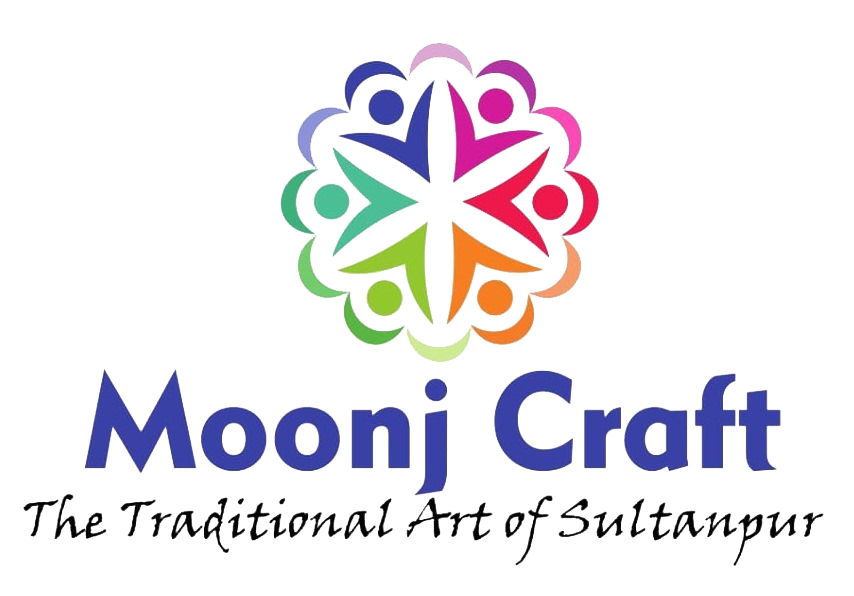Craft Story

Craft History
Utility of Moonj Craft
1. Soil Erosion Control: Sabai grass has an extensive root system that helps prevent soil erosion and stabilizes soil in degraded areas.
2. Water Conservation: Its drought-tolerant nature makes it an excellent choice for landscaping in water-scarce areas.
3. Wildlife Habitat: Sabai grass provides food and shelter for various wildlife species, including birds, insects, and small mammals.
1. Fodder Crop: Sabai grass is used as a nutritious fodder crop for livestock, particularly cattle, goats, and sheep.
2. Hay Production: The grass can be harvested and dried to produce high-quality hay for animal feed.
3. Compost: Sabai grass can be used to make compost, which can help improve soil fertility and structure.
1. Traditional Medicine: Sabai grass has been used in traditional medicine for centuries to treat various ailments, including fever, rheumatism, and digestive issues.
2. Antioxidant Properties: The grass contains antioxidants that can help protect against oxidative stress and inflammation.
1. Paper Production: Sabai grass can be used to produce paper, cardboard, and other cellulose-based products.
2. Biofuel: The grass can be converted into biofuel, providing a sustainable alternative to fossil fuels.
3. Textile Industry: Sabai grass fibers can be used to produce textiles, such as ropes, mats, and baskets.
1. Landscaping: Sabai grass is used as an ornamental plant in landscaping due to its attractive foliage and drought tolerance.
2. Erosion Control Mats: The grass can be used to produce erosion control mats, which help prevent soil erosion on slopes and embankments.
3. Phytoremediation: Sabai grass has been shown to have phytoremediation potential, meaning it can help clean pollutants
from contaminated soil.
These are just a few examples of the many uses of sabia grass. Its versatility, adaptability, and sustainability make it a valuable resource for various industries and applications.
Sabai grass (Eulaliopsis binate) has significant importance in devotional and spiritual practices,
particularly in Hinduism and Buddhism. Here are some ways Sabai grass is used for devotional
purposes:
1. Puja rituals: Sabai grass is used in Hindu puja rituals to worship deities like Lord Ganesha, Lord Shiva, and Goddess Durga.
2. Havan and Yajna: The grass is used as a sacred fuel in haven and yajna ceremonies, which are performed to purify the
mind, body, and soul.
3. Worship of Lord Krishna: Sabai grass is associated with Lord Krishna, who is said to have played his flute among the Sabai grass fields.
1. Meditation and mindfulness: Sabai grass is used in Buddhist meditation and mindfulness practices to promote inner peace and calmness.
2. Offerings to the Buddha: The grass is offered to the Buddha as a symbol of respect, gratitude, and devotion.
1. Sacred garlands: Sabai grass is used to make sacred garlands, which are offered to deities or worn by devotees as a
symbol of spiritual growth.
2. Purification rituals: The grass is used in purification rituals to cleanse the body, mind, and soul of negative energies.
3. Spiritual healing: Sabai grass is believed to possess spiritual healing properties, which are used to treat various
ailments and promote overall well-being.
These are just a few examples of the devotional uses of Sabai grass. Its spiritual significance and
Moonj craft cultural importance make it a revered plant in many Eastern traditions.
Moonj, also known as Sabai grass, is a versatile and sustainable material used for crafting various products.
Here are some popular Moonj craft ideas:
1. Baskets: Moonj grass is woven into beautiful baskets, perfect for storing small items or as a decorative piece.
2. Vases: Delicate Moonj vases are created to hold flowers or as a standalone decorative item.
3. Ornaments: Intricately designed Moonj ornaments adorn homes and offices.
1. Chairs: Moonj grass is woven into sturdy and comfortable chairs.
2. Tables: Beautifully crafted Moonj tables are perfect for indoor or outdoor use.
3. Ottomans: Moonj ottomans provide a cozy and eco-friendly seating option.
1. Handbags: Stylish Moonj handbags are a fashion statement and a sustainable choice.
2. Wallets: Moonj wallets are a unique and practical accessory.
3. Jewelry: Delicate Moonj jewelry, such as earrings and pendants, add a touch of elegance
1. Lamps: Moonj lamps provide warm and cozy lighting.
2. Planters: Moonj planters are perfect for indoor plants.
3. Wall Hangings: Intricately designed Moonj wall hangings add a touch of elegance to any room.



